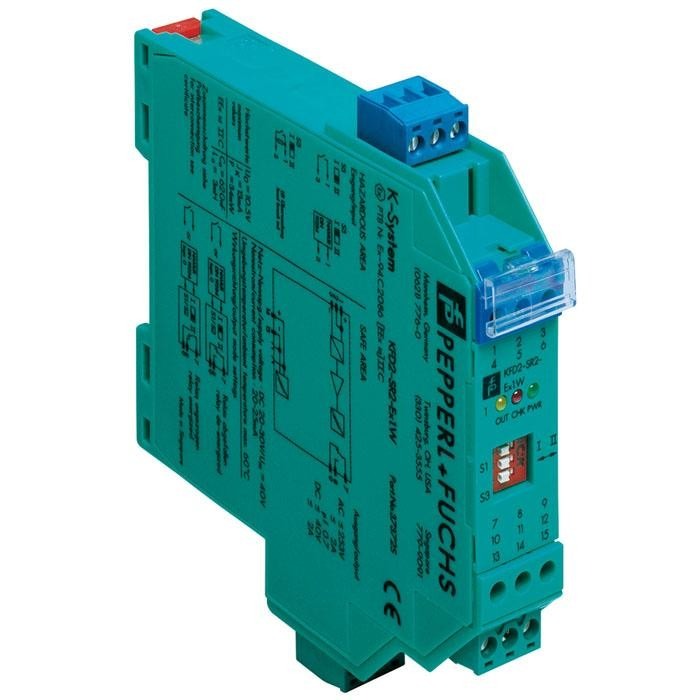Description
The WIKA inductive contact device is a contact-free device. Basically, it consists of an initiator, located on the nominal value pointer, including its fully potted electronics and mechanical construction with a movable control vane.
The control vane is moved by the instrument pointer (nominal value pointer).
The initiator is supplied with DC voltage. If the control vane moves into the clearance of the initiator, its internal resistance increases (= activated state / the initiator has high-resistance). The change in the current rating arising from this is the input signal for the switching amplifier of the control device.






